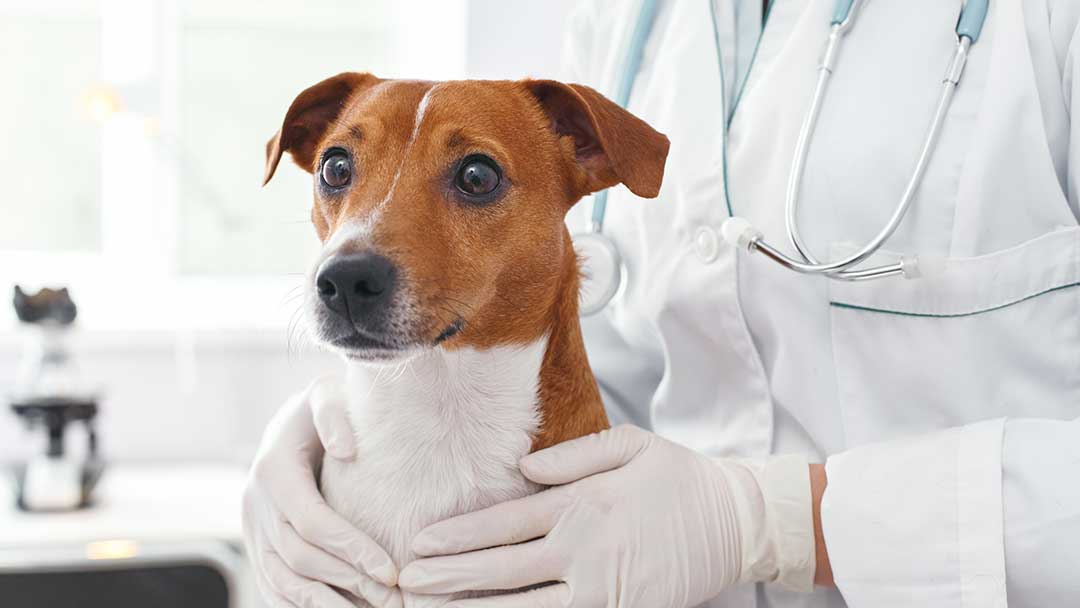
Mental Health Issues and Your Pet
Pet owners may notice their animal companions sometimes exhibiting some bizarre behaviour. But at what point can it be considered a mental health issue and something you should be concerned about it?
Recognition of mental illness in pets is growing, with an increasing number of pets undergoing psychological treatment and taking mood-altering drugs to help them. If left untreated, mental illness in pets can be as detrimental to their life quality as other diseases and injuries. Below we look at some common cases of mental health issues in pets and solutions.
Obsessive Compulsive Disorder (OCD)
OCD, sometimes called canine compulsive disorder (CCD) in dogs, is characterised by excessive repetition of an action of behaviour, which can vary depending on the context.
- Symptoms – Common actions include tail-chasing and excessive licking in dogs and cats, chasing shadows or reflections and snapping at flies for dogs and plucking out feathers for birds. The condition can also affect horses, pigs and a variety of zoo inhabitants.
- Cause – The condition is similar to the human compulsive disorders, e.g. excessive hand washing. Actions are often an effort to reduce or prevent stress and anxiety – a coping mechanism for situations the pet perceives as stressful. Other causes of OCD can include boredom, confinement, conflict, and attention seeking or neurotransmitter abnormality. The behaviour may also be learned as a result of endorphin release or rewarding of inappropriate action.
- Treatment – Depending on the cause and the animal, treatment can include alleviating the cause of the behaviour (stress, boredom etc.), structuring of a consistent environment and routine interactions with the owner, or treatment with medication. Anti-anxiety and serotonergic medications used for humans have also proved effective in many cases of pet OCD but it’s not always necessary.
Separation Anxiety
Separation anxiety can affect a wide range of common pets including dogs, cats, birds, horses, rabbits and guinea pigs.
- Symptoms – Excessive vocalisation, destructiveness, soiling, pacing, escape attempts and eating disorders. Many of these animals are highly social and can be affected when the pet parent or a fellow pet leaves.
- Cause – In many cases, the separation anxiety is not caused by the actual separation between the two parties – an inevitable occurrence for most pets. Rather, it’s the result of a lack of prior habituation to the separation, changes in routine or other circumstances which cause the animal to be more anxious or stresses than usual. In dogs, it can often occur due to excessive attention and affection given immediately prior to separation and upon the owner’s return.
- Treatment – Reducing attachment to the owner, habituating the pet to pre-departure cues such as picking up keys or putting on certain items of clothing and reducing affection and attention right before departure. Desensitisation and counter-conditioning can also be useful for dogs. This involves teaching them a new response through a series of short separations (desensitising) or with long lasting treats to help create a positive association with being left alone (counter-conditioning).
Excessive Fears and Phobias
In the wild, fear of strange or loud noises is an evolutionary adaption necessary to reduce the risk of injury or death. For many pets, especially young ones, initial fear or new or novel stimuli is normal. Pets usually habituate following repeated exposure and fear reactions are reduced or eliminated.
- Symptoms – Any animal can develop excessive fears and phobias related to a variety of things such as storms, vacuum cleaners, gunshots, slamming doors and loud automobile sounds. Reactions vary and are context specific but can include hiding, escaping behaviour, inactivity, shaking, drooling, panting, loss of appetite, aggression and self-destructive behaviour.
- Cause – The response of the owner to their pet’s initial fear can often cause excessive fear or phobias. For example, an owner comforting their pet when it is afraid during a thunderstorm inadvertently reinforcing fear behaviour. A negative experience with a stimulus can also cause fears and phobias. For example, an animal who is accidentally shot by a gun may associate gunshot and other similar loud noises with the pain of the injury.
- Treatment – The appropriate treatment depends on the case as the fear eliciting stimuli and response of the pet can vary significantly. Most of the time, treatment involves desensitisation and counter-conditioning. In some severe phobia cases, the use of anxiolytic (anxiety reducing) drugs to support a program of behaviour modification may be necessary.
Address Signs of Mental Illness Early
Emotional health issues in pets can have a detrimental effect on the quality of life of the animal and their owner. Our understanding of animal’s mental health and our methods of treating it are getting better. It has already influenced the way we design our zoo enclosures, farms and laboratories.
If you notice an early signs of mental illness in your pet, consult a specialist veterinarian. Many pet owners make the mistake of thinking they will grow out of it leading to a life of distress. Keep an eye out for any repetitive behaviours, phobias, anxiety, aggression, inability to learn and any sudden, major changes in behaviour and act accordingly.